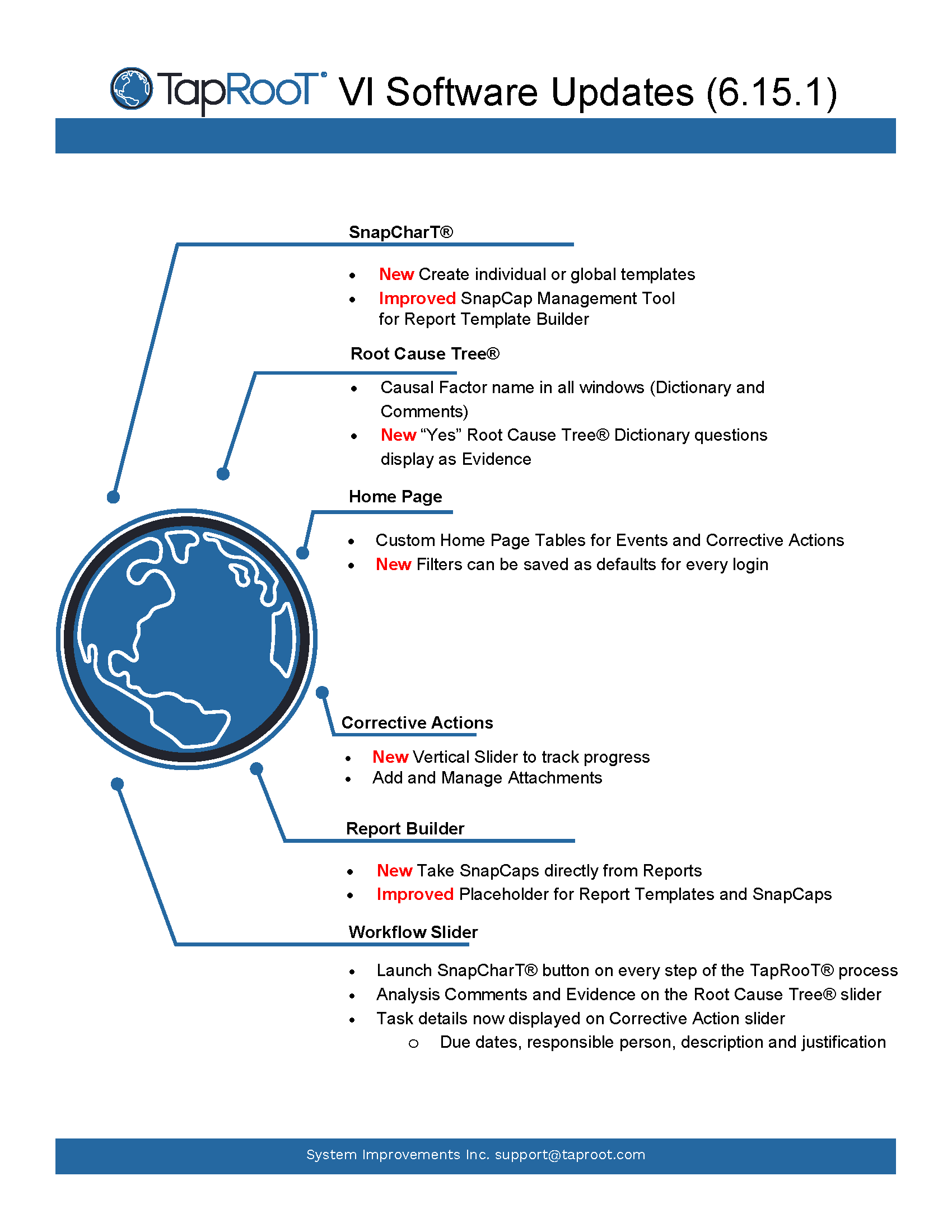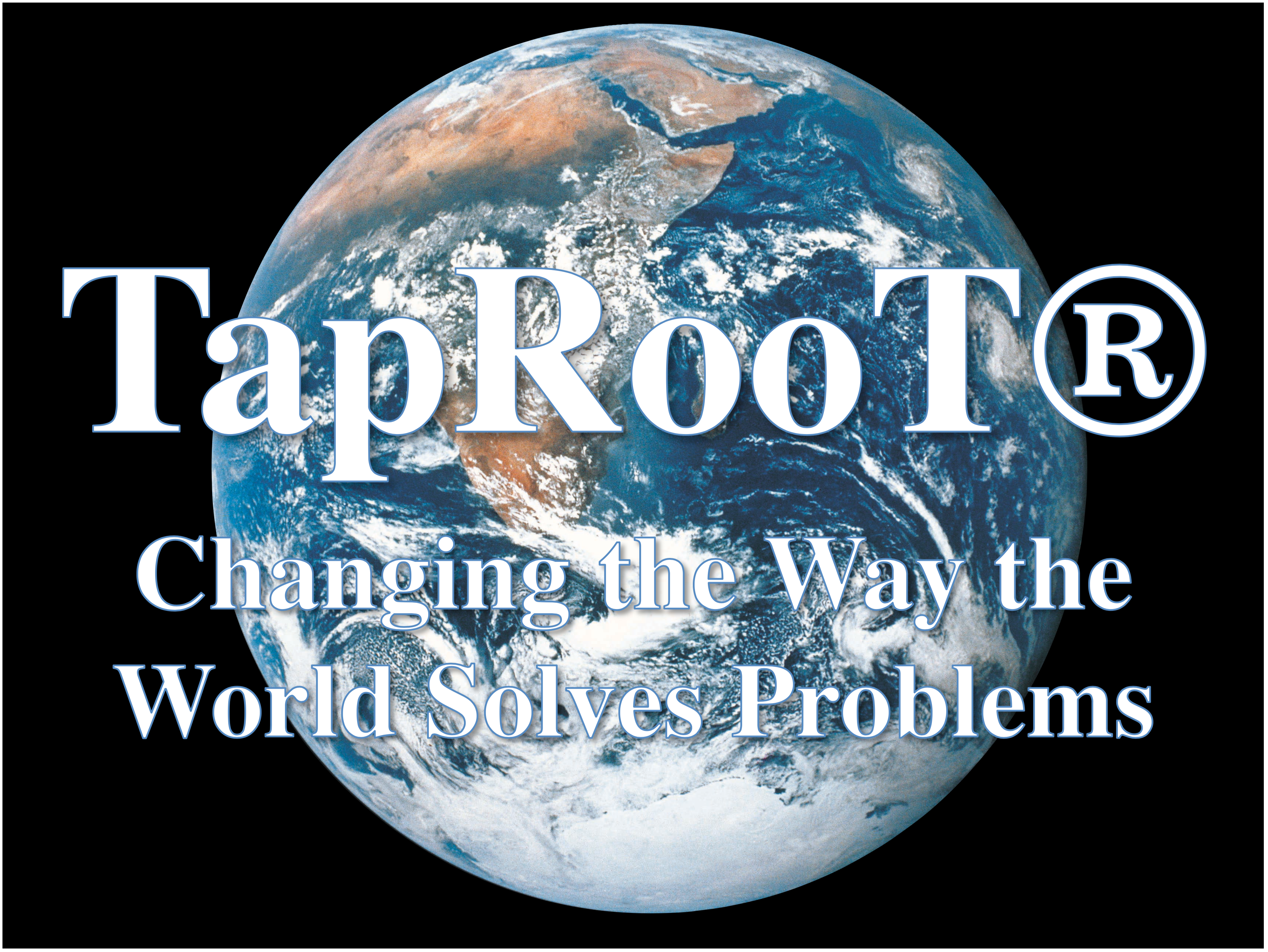How Did TapRooT® Root Cause Analysis Get So Far Ahead?

Does Your Root Cause Analysis Need Improvement
I was at a conference, and one of the talks was about advanced root cause analysis. The presenter’s company had a “homegrown” root cause analysis system. They discovered that they were not getting consistent results. Improvement was needed!
They studied their system and discovered something missing—management system causes. In the TapRooT® System, we have called these “Generic Causes” since we copyrighted the first TapRooT® Manual in 1991.
It made me think … Why did they wait decades to discover something we’ve known about since before 1991?
Next, I talked with an engineer who had been trained in a common cause-and-effect system. He wasn’t too pleased with the results he was getting and wanted to know how TapRooT® Root Cause Analysis could help. Was it different?
I shared how TapRooT® RCA works (see this LINK for an example), and it took quite a bit of effort to get beyond the cause-and-effect model (that he thoroughly understood) to understand why he was missing things. He was really smart. He asked very insightful questions. He latched onto why the less systematic cause-and-effect analysis led to inconsistent results. He saw how TapRooT® RCA could help investigators go beyond their paradigm and get consistent results.
By the end of this second conversation, I started thinking,
“How did we get so far ahead of common root cause analysis tools?”
Yet, those conversations didn’t even touch on the patented TapRooT® Software that makes the system even more efficient and effective.
Leading Root Cause Analysis

How did TapRooT® Root Cause Analysis get so far ahead? I think I know the answer.
It starts with the Human Factors training I received at the University of Illinois. This training taught me about human-centered design, which helped me design a root cause analysis system that people could use consistently.
Second, I was fortunate enough to work in the Nuclear Navy, where there was an excellent process safety culture, and for Du Pont, where there was an excellent industrial safety culture. This helped me see how management systems affect performance. (My boss and I at Du Pont actually coined the phrase “Management System,” which is now commonly used throughout industry.)
Third, my mentor at the University of Illinois, Dr. Charles O. Hopkins, trained me well in applied research. So, the research I did studying root cause analysis in the mid-1980s and early 1990s really paid off when we created the TapRooT® System.
Fourth, we had a really good team that brought out the best in each other during early development. We also received reviews and suggested improvements from industry gurus who were experts in safety, process safety, quality, and equipment reliability. Their influence was built into the TapRooT® System and helped it become a world-class system even in its early stages. These experts included:
- Jerry Ledderer, aviation safety pioneer
- Dr. Charles O. Hopkins, human factors pioneer
- Smoke Price, human factors pioneer
- Larry Minnick, nuclear safety expert
- Rod Satterfield, atomic safety expert
- Dr. Alan Swain, human reliability expert
- Heinz Bloch, equipment reliability expert
- Dr. Christopher Wickens, human factors expert
- Dr. Paul Haas, human factors expert
- Dr. Jens Rassmussen, system reliability and human factors expert
- Admiral Dennis Wilkerson, first CO of the Nautilus and first CEO of INPO
That’s quite a list, and Linda Unger and I were lucky to be influenced by each of these great men. Their influence made TapRooT® Root Cause Analysis far ahead of any other root cause tool.
Next, we were lucky to have some excellent clients in the nuclear, oil, and aviation industries who were great early adopters and provided excellent feedback that we used to quickly improve TapRooT® Root Cause Analysis in the early and mid-1990s.
Finally, we have been designing and producing the TapRooT® Software since 1991. The millions of dollars of research and development effort to produce this patented software (now cloud-based and device-type independent) makes it impossible for others to catch up or keep up in the race for the leading root cause analysis system.

So that’s why I shouldn’t be surprised that others are finally catching on to things we knew 25 years ago. Perhaps in a century, they will catch up with the improvements we are making to TapRooT® RCA today (with the help of tens of thousands of users worldwide).
Learn the State-of-the-Art
If you want to learn the state-of-the-art root cause analysis and not wait 25 to 100 years to catch up, perhaps you should attend a TapRooT® Root Cause Analysis Course in the next month or two. See the course dates and locations for upcoming public courses AT THIS LINK.
And get information about all the courses we offer at:
https://www.taproot.com/courses
If you would like to learn about the state-of-the-art of performance improvement, attend the 2025 Global TapRooT® Summit. Click on the picture below to get more information and download the brochure.
But don’t wait. Every day you wait, you will be another day behind the state-of-the-art in root cause analysis and performance improvement. Don’t be left behind! Learn how TapRooT® Root Cause Analysis is “Changing the Way the World Solves Problems.”




